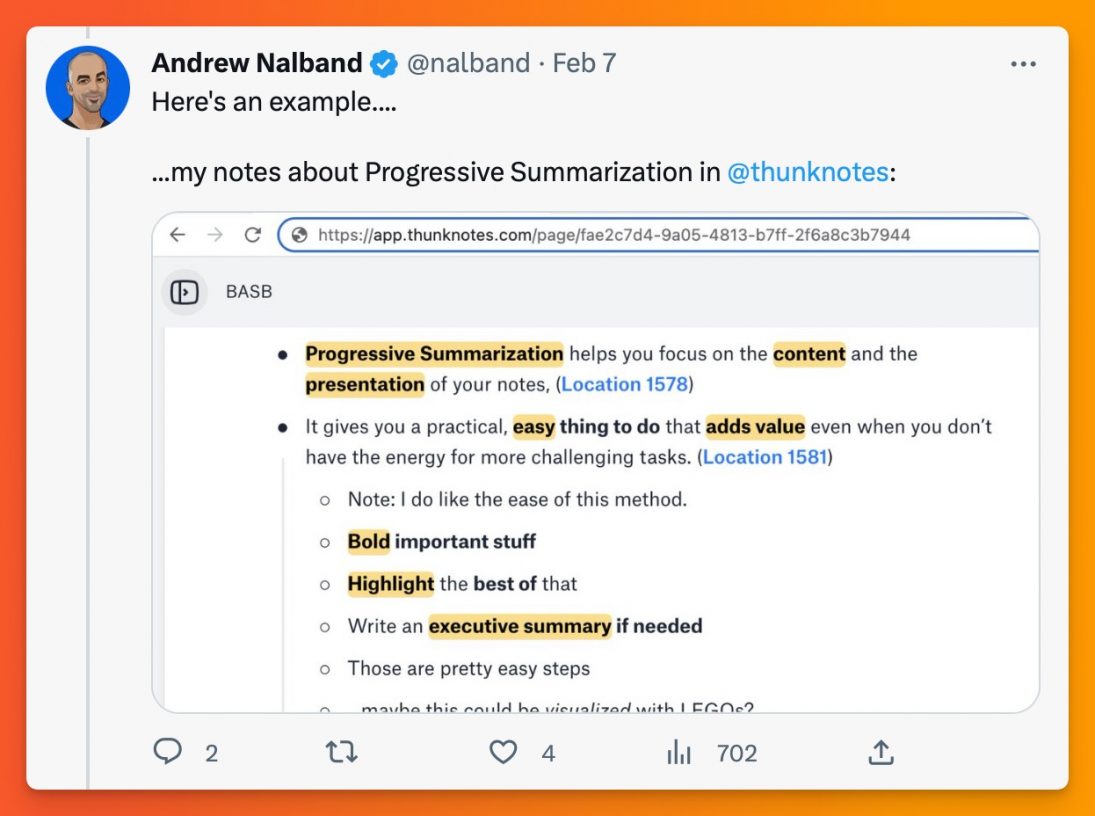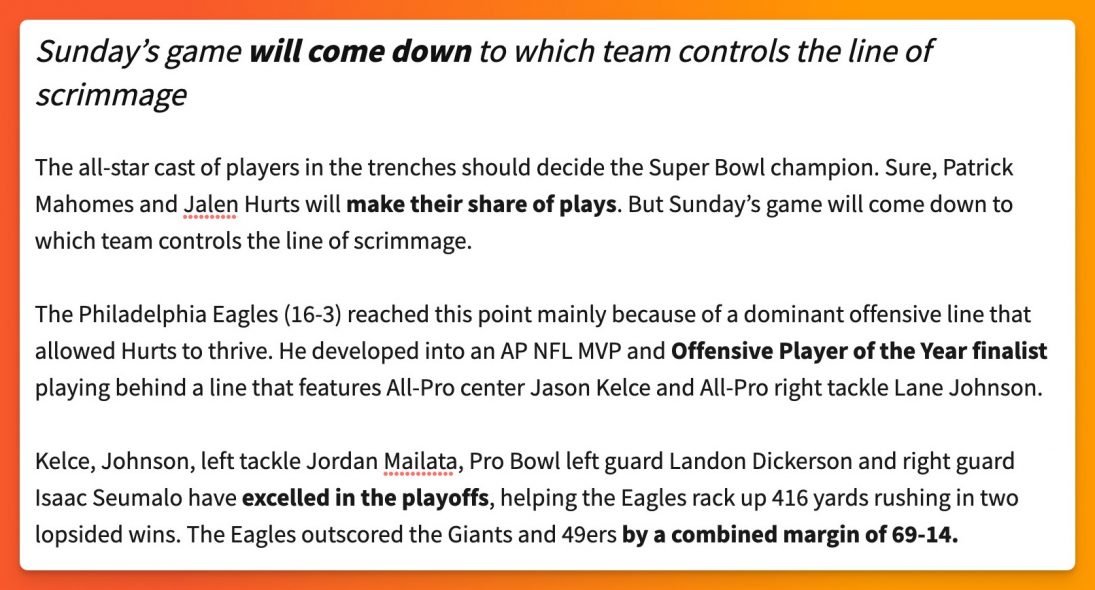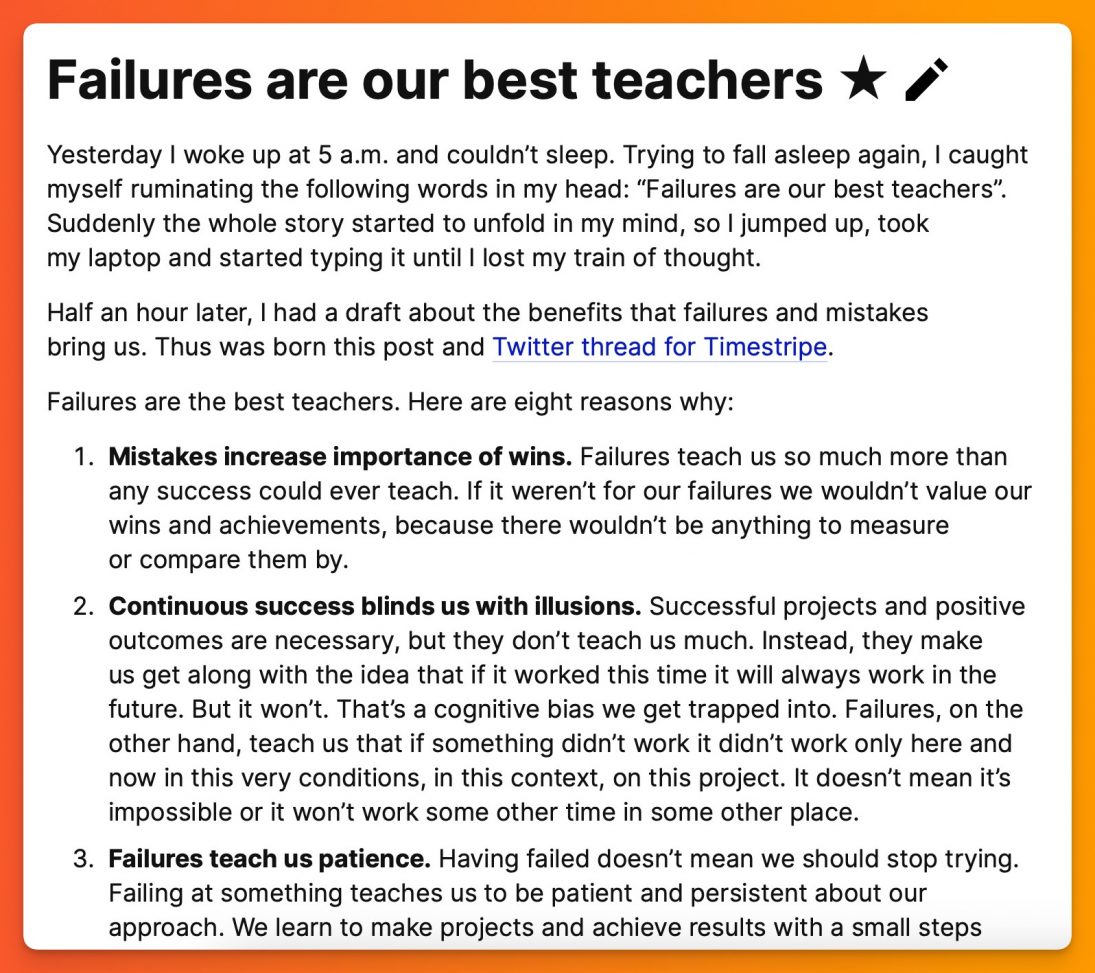One of the most common mistakes writers do is writing without research. That’s one of the reasons so many authors have a writing block and wrinkle their foreheads over the blank sheet. They simply don’t have an idea what they’re going to write about!
It may sound ridiculous, but writing doesn’t begin by opening a laptop or picking a pen and a notebook. The stories are born in your mind, not on the screen of your laptop. That’s why I recommend starting with questions and researching the topic in the first place.
Imagine that you’re writing a commercial copy for the website. Schedule a call or a meeting with a client and ask them about their business. Where their strengths lie, how they managed to overcome the previous crisis, how they see their mission, and why their product is considered the best on the market. Of course, questions may differ depending on the area you’re working in.
Ask as many questions as you can find, don’t interrupt, just listen and make notes. Now that you have all the necessary ingredients for your story, wait till it gets done. It works the same way we make soup: we put the ingredients in the pot and then leave it on the stove till it’s ready. The more complex the topic the more time it may require to research and get things clear. Sometimes I need to hold several meetings with a client before I can draw the first draft.
The hardest part of writing is to find a metaphor to convey the principal idea of your story clearly and succinctly. When you find one, it’s easy to unfold the story. Questions and research help you decompose the problem you’re trying to solve for a reader. So, ask questions, listen carefully, and you won’t miss your metaphor.
Never start writing until you have the whole story unfolded in your head until you know exactly what you’re going to write about. When you know how you’re going to tell your story, writing a good text will become a matter of your skill and experience, not talent or inspiration.
Never start writing until you have the whole story unfolded in your head until you know exactly what you’re going to write about.
Subscribe to my monthly newsletter and Telegram channel to receive new posts about writing, management, and leadership on this blog.



